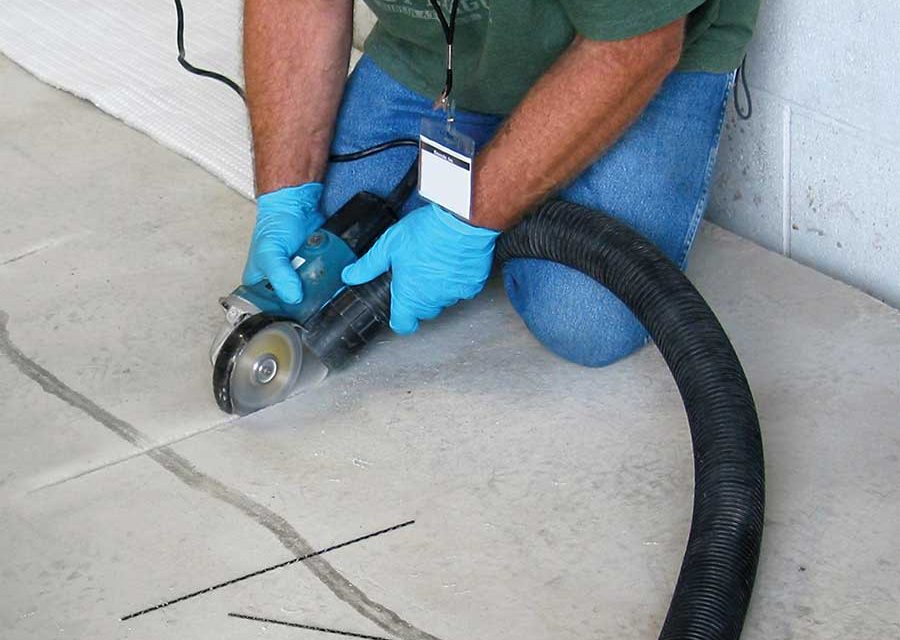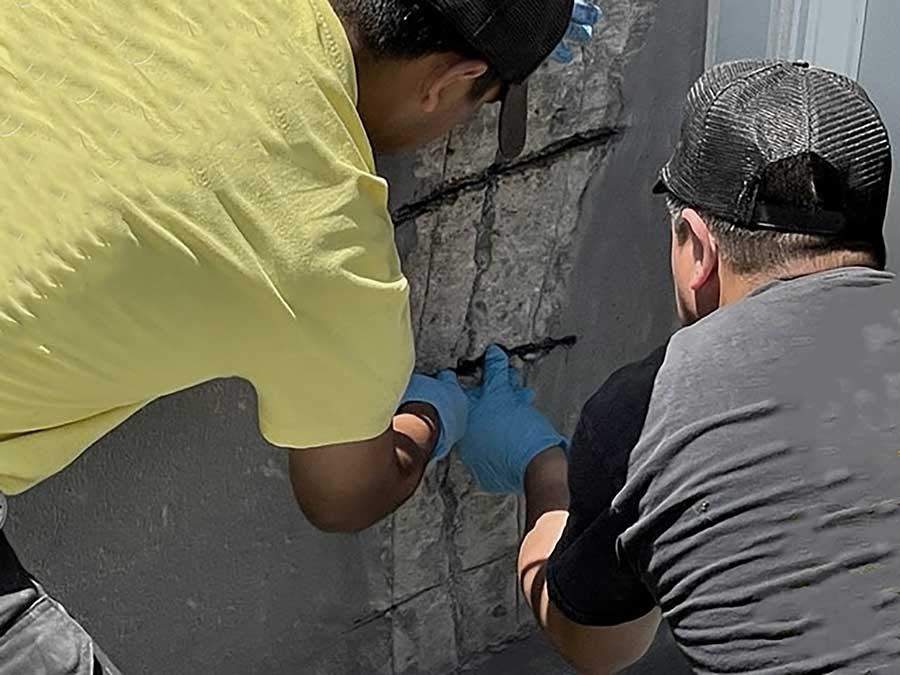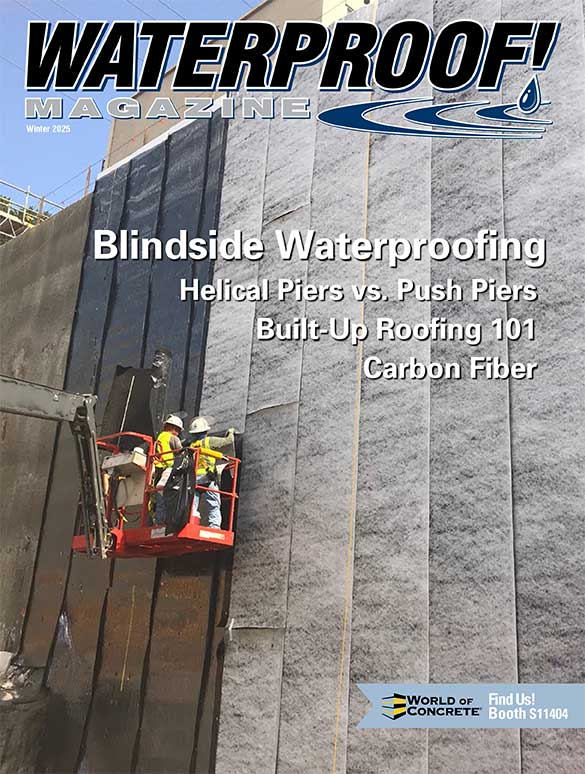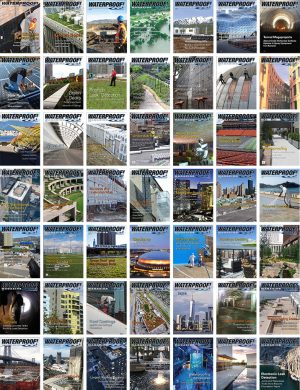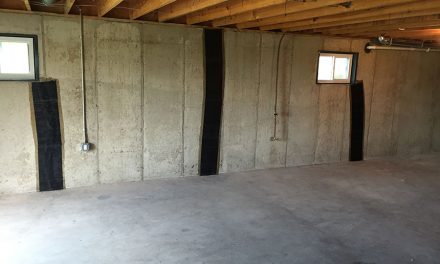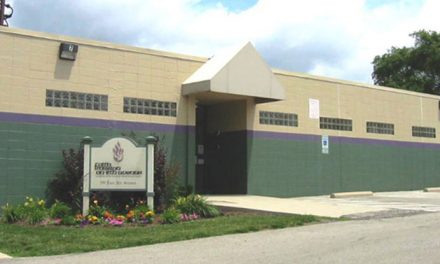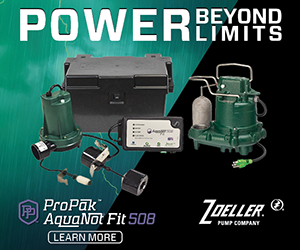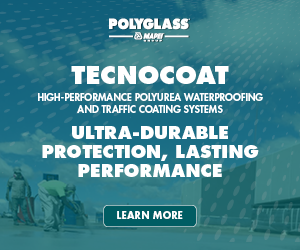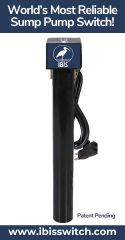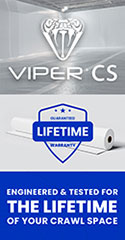By Vanessa Salvia
Photos courtesy of Emecole Metro
Emecole’s Carbon Fiber Stitching Dogs are used for slab crack repair. Each Stitching Dog fits into a single 1/4-inch saw cut.
In recent years, the field of basement and foundation repair has seen a significant shift towards carbon fiber technology. Once considered an alternative to traditional steel reinforcement with limited applications, carbon fiber is now becoming the industry standard for structural repairs in basements and beyond.
Rob Stam is the director of business development for Fortress Stabilization Systems. “Using carbon in composites is becoming widely accepted as a standard,” he says. “Engineers are no longer automatically saying you have to use steel beams for repairs anymore. Carbon is quickly becoming the preferred method.”
This shift is attributed to several factors, including the proven success of carbon fiber over time, advancements in application techniques, greater emphasis on education in the industry, and economic considerations. “Steel prices have climbed, whereas carbon has maintained, if not even gone down a little bit,” Stam explains.
Anchoring Techniques
One of the key advancements in carbon fiber application is the anchoring process. When carbon fiber was first being used a couple of decades ago, industry professionals noted a lot of failures because it wasn’t being anchored. “They were just putting carbon on a wall, like a band-aid, to address horizontal cracking and bowing,” Stam says. “Fortress was a pioneer in recognizing that with anchoring you can then tie it into the flooring system, preventing all types of lateral movement. We have multiple anchoring options, depending on if we’re accessing a band board or sill plate or floor joist, or even if we have to take the load to the corners. This technique allows for a more comprehensive structural solution, addressing not just surface cracks but also underlying structural issues. Furthermore, we can also anchor the bottom of the carbon, preventing shearing or de-bonding.”
Slowly the tide turns. Now, carbon structural reinforcement is acknowledged in building codes and is being used beyond basements. Stam says carbon is being used in commercial buildings and broader applications, too. The versatility of carbon fiber is another significant advantage. As Stam points out, “The beautiful thing about carbon is you can run it anywhere. You can transfer load from a point of weakness to a point of structural integrity and easily tie it in.”
Versatility in Application
However, it’s important to note that different types of walls require different repair approaches. Marge Kaminski, sales manager for Emecole Metro, explains, “There are two different types of repair for structural issues: one is for block walls and one is for poured walls. Carbon fiber fabric is typically used to address bowing in block walls, and then epoxy injection is typically used to address issues in poured concrete walls.”
Carbon can be applied as a unidirectional fiber that’s put perpendicularly over a crack, like a stitch is placed over a wound, describes Kaminski. “Since it is incredibly strong in one direction, this gives the best reinforcement,” she says. Bi-directional fiber is put “over” a crack along the length, not across. This is not as strong as uni-directional. Carbon can also be applied as a grid that is a mesh, typically about 12 inches, with four or five “tows” woven together. When this is used instead of staples, they are able to cut a slot across the crack perpendicular, butter it up with an epoxy and slot in the grid, as opposed to having to drill everything out like a staple would require. Carbon fiber “dogs” are typically one single tow. “They’re used more on floors instead of walls because you can drop them in at half depth,” Kaminski says. “And the same type of installation is done. You use a grinder to create a slot perpendicular across the crack in the floor and drop this dog down into it, and then you encapsulate it.”

Emecole’s Carbon Fiber Power Grids provide the reinforcement necessary to protect against further crack development. Each Carbon Fiber Grid consists of high-tensile strength filament tows engineered into a woven grid-like strap.
For block walls, there are specific guidelines to determine when carbon fiber reinforcement is appropriate. “Anything over two inches of deflection requires an engineer’s report,” says Kaminski. “It may not have to be rebuilt if the engineer recommends tiebacks as part of the repair.” For poured walls, the decision often depends on the size and nature of the crack. “If the crack is half inch or wider, we’re definitely going to want to look into something tying it back together,” she says.
Kaminski also emphasizes the importance of proper assessment based on experience: “Each repair is going to be up to the installer themself or an engineer who’s calling it out.” Kaminski recommends sending photos of the issue to an experienced professional at Emecole who can provide guidance based on visual cues.
As carbon fiber continues to gain acceptance in the industry, it’s clear that this technology is poised to become the go-to solution for many structural issues. As manufacturers and engineers continue to innovate with this material, property owners can look forward to more efficient, cost-effective, and durable solutions for their structural challenges, whether in a residential basement or a commercial high-rise.
Winter 2025 Back Issue
$4.95 – $5.95
Trade Show Preview
Blindside Waterproofing: Techniques, Challenges, and Advancements
Foundation Repair Using Push Piers And Helical Piers
The Commercial Built-Up Roofing (BUR) Systems
Built-Up Roofing 101 from CertainTeed
Description
Description
Trade Show Preview
Explore waterproofing-related businesses and educational sessions at the upcoming trade shows, including World of Concrete.
Blindside Waterproofing: Techniques, Challenges, and Advancements
By Vanessa Salvia
In urban construction and infrastructure projects, space constraints often necessitate innovative building techniques. One such method, blindside waterproofing, has become increasingly prevalent in recent years.
Foundation Repair Using Push Piers And Helical Piers
By Patrick Nevison, P.E.
This article takes a close look at helical piers and push piers, and explores the differences and uses of each type of foundation repair system.
The Commercial Built-Up Roofing (BUR) Systems
By Rose Morrison
Built-up roofing systems offer various options to meet different building needs and environmental conditions, with benefits that few other roofing types can match.
Built-Up Roofing 101 from CertainTeed
By Abby Feinstein and Ted Winslow
Built-up roofing or BUR consists of multiple layers of hot asphalt being applied between ply sheets thereby building up a waterproof roof assembly.
Carbon Fiber: The New Standard in Structural Repair for Basements
By Vanessa Salvia
In recent years, the field of basement and foundation repair has seen a significant shift towards carbon fiber technology.
Additional Info
Additional information
| Weight | N/A |
|---|---|
| Magazine Format | Digital Download Magazine, Print Mailed Magazine |

